Rita de Acosta Lydig; "as Fantastic as any Character in Romantic Literature. "
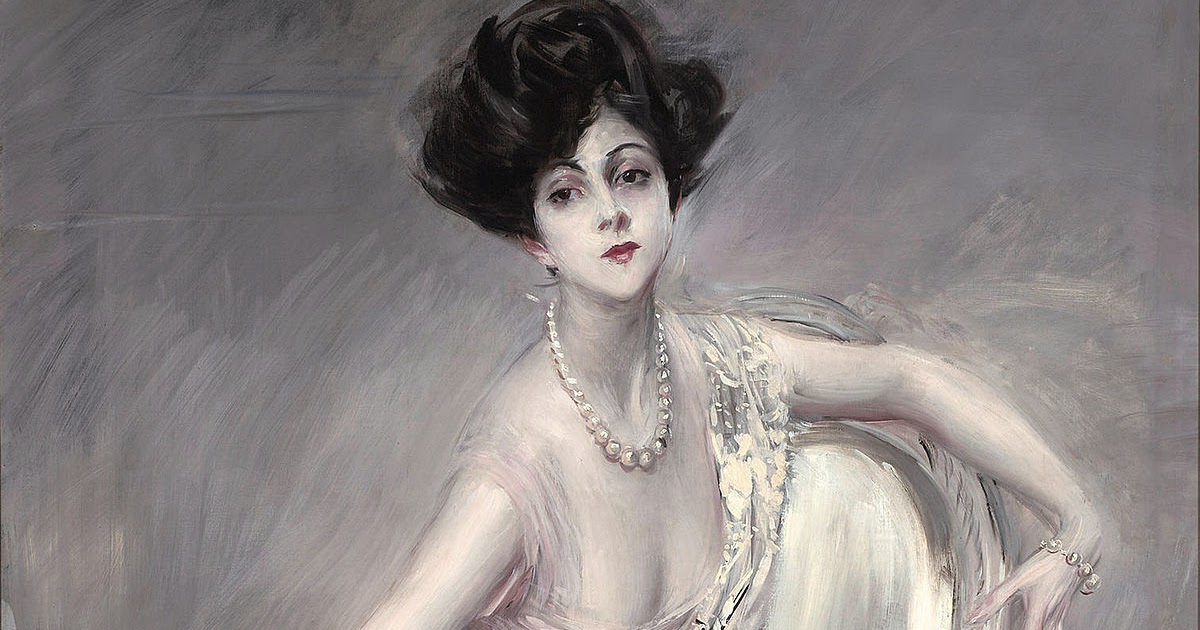
Portrait of Rita de Acosta Lydig by Giovanni Boldini, 1911 (full image next to sources)
After her abrupt death in 1929, Rita’s sister, Mercedes, arranged for her wardrobe, much of it anyway, to be donated to the Brooklyn Museum, where it would eventually become what we think of today as the Metropolitan Museum’s Costume Institute.
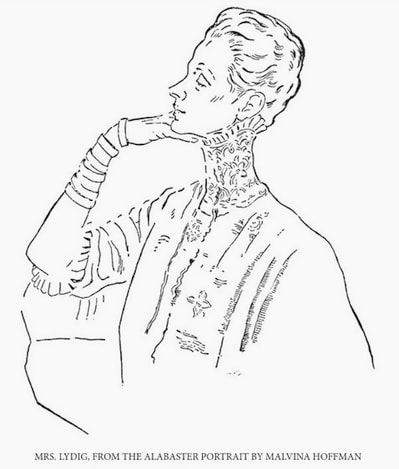
In ‘The Glass of Fashion,” published in 1954, Cecil Beaton wrote that “although she walked very short distances, Mrs. Lydig possessed at least three hundred pairs of shoes, shoes that have never been seen before or since. They were made by Yanturni, the East Indian curator of the Cluny Museum, a strange individual with an extraordinary gift for making incredibly light footgear that was moulded like the most sensitive sculpture.”
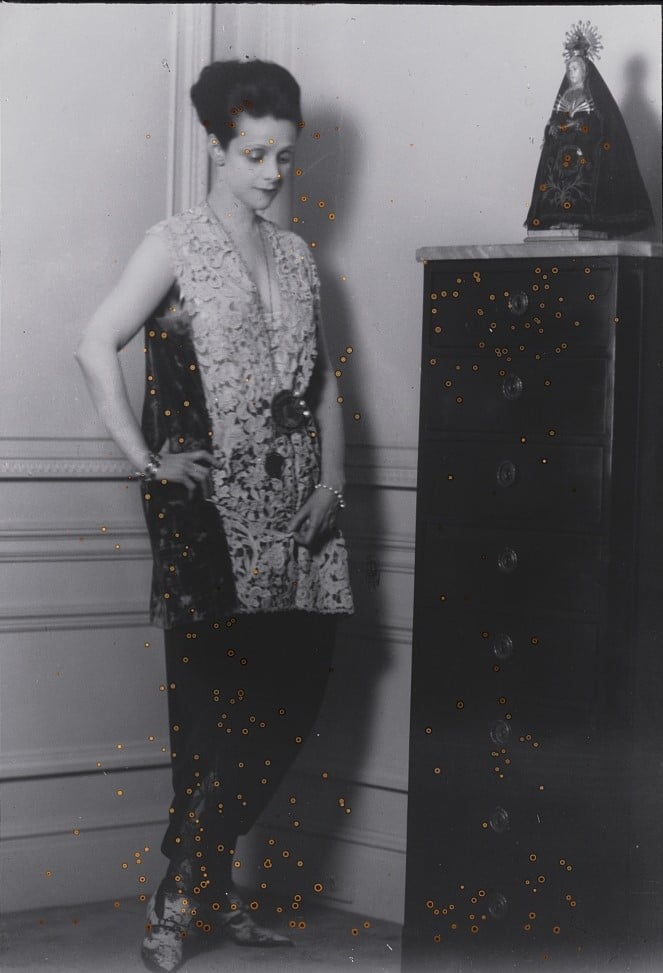
On May 24, 1894 Rita Acosta’s name made its debut in The New York Times, in a column titled The Social World, which opens like this: “Although the staterooms on outgoing steamers have been engaged by fashionable folk for many weeks to come, the season at the Summer resorts in this country promises to be gayer than what was first expected.”
The article is essentially a list of various prominent social figures, all from very rich families, and where they will be vacationing that summer season. About midway through we are introduced to Rita, who still had the surname Acosta, who, with her parents, had “taken a pretty cottage at Bay Shore, L.L., for the summer.” Rita is the focus, not her wealthy parents. After making it clear that she is Cuban, she’s described as “a decided brunette of great beauty. Her wit and attractive manners have made her very popular with an exclusive little set of young people.”
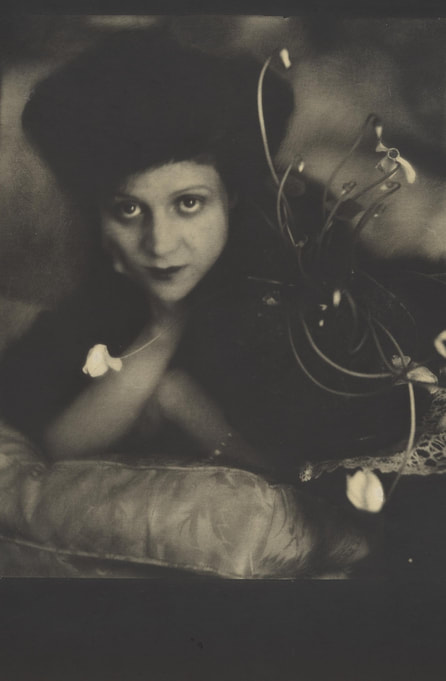
Six months later, on November 16, Miss Rita Acosta reported to be in the company of her fiance, W.E.D. Stokes, at the opera, wearing “a Parisian costume, with the waist of two blending shades of green velvet, with white lace and sable trimmings,” topped off with a “small Marie Staurt bonnet of jet.” If only we knew the name of the designer.
Supposedly, Stokes had seen Rita’s photograph in a window display while walking down 5th Avenue, sometime in 1894. Enraptured, he had to know who she was, and “within months of their meeting, De Acosta and Stokes married, on January 4, 1895. A thousand guests watched the teenagebride descend the petal-strewn staircase of her family’s townhouse.” Stokes was about 23 years older than his young bride.
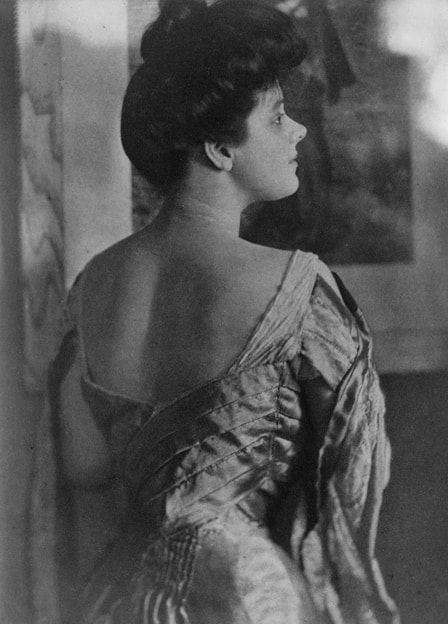
Rita de Acosta Lydig photographed by Gertrude Käsebier, April 1905
The New York Times said that “no wedding this season in New-York has attracted more interest among society people generally than the marriage of Miss Rita Hernandez de Alba Acosta to William Earle Dodge Stokes, which took place at noon yesterday [January 3, 1895} at the home of the bride, 48 West Forty-seventh Street.”
Led by the bride's sister Ada, the bridesmaids, mostly sisters of the groom (who had nine siblings) wore “becoming gowns.” Ada’s gown was “of white satin and mousseline de soie, with dainty ruffles of silk and chiffon, and carried pink roses.”
As for Rita, the “bridal dress was cut simply and was of the richest ivory whitesatin, with trimmings of rare point lace. The New York Times said that “few brides of the past year have showed such excellent taste in the choice of a wedding gown.”
Nonetheless, it was a “misalliance in every way,” and by 1899 Rita had “fled to a beach house in Quogue with her mother” and sued for divorce. “It was rumored that Stokes paid Rita $2 million in cash and $36,000 a year in support, the largest settlement ever granted.”
Rita Lydig’s first marriage was not a happy one. Stokes, “the all-time black sheep” of his prominent family, “He was the sort of man who, when his father died in August 1881, contested the will, sued his brother Anson for conspiring to throw him out of the family business, and walked away with a $1 million inheritance.”
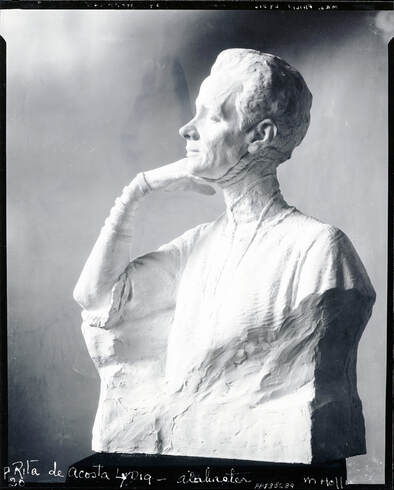
The “moody and vivacious” Rita Hernández de Alba de Acosta was born in Spain or New York, sources differ as they do with the year of her birth which was either 1875, according to the Met and Cecil Beaton, or 1975 according to a variety of others. Her family was prominent, dad was an executive for a steamship-line, who was politically exiled from Cuba, mom was an heiress. Rita was ”photographed by Adolf de Meyer, Edward Steichen, and Gertrude Käsebier, sculpted in alabaster by Malvina Hoffman, and was painted by Giovanni Boldini and John Singer Sargent, among others.”
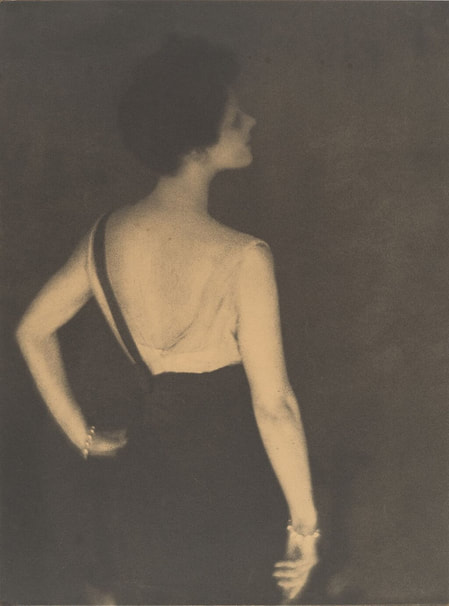
Leo Tolstoy, Sarah Bernhardt, and Claude Debussy were her dear friends.According to lore, a mutual friend once asked John Singer Sargent why the socialite “had never expressed herself artistically.” Apparently Sargent replied “Why would she? She herself is art.”
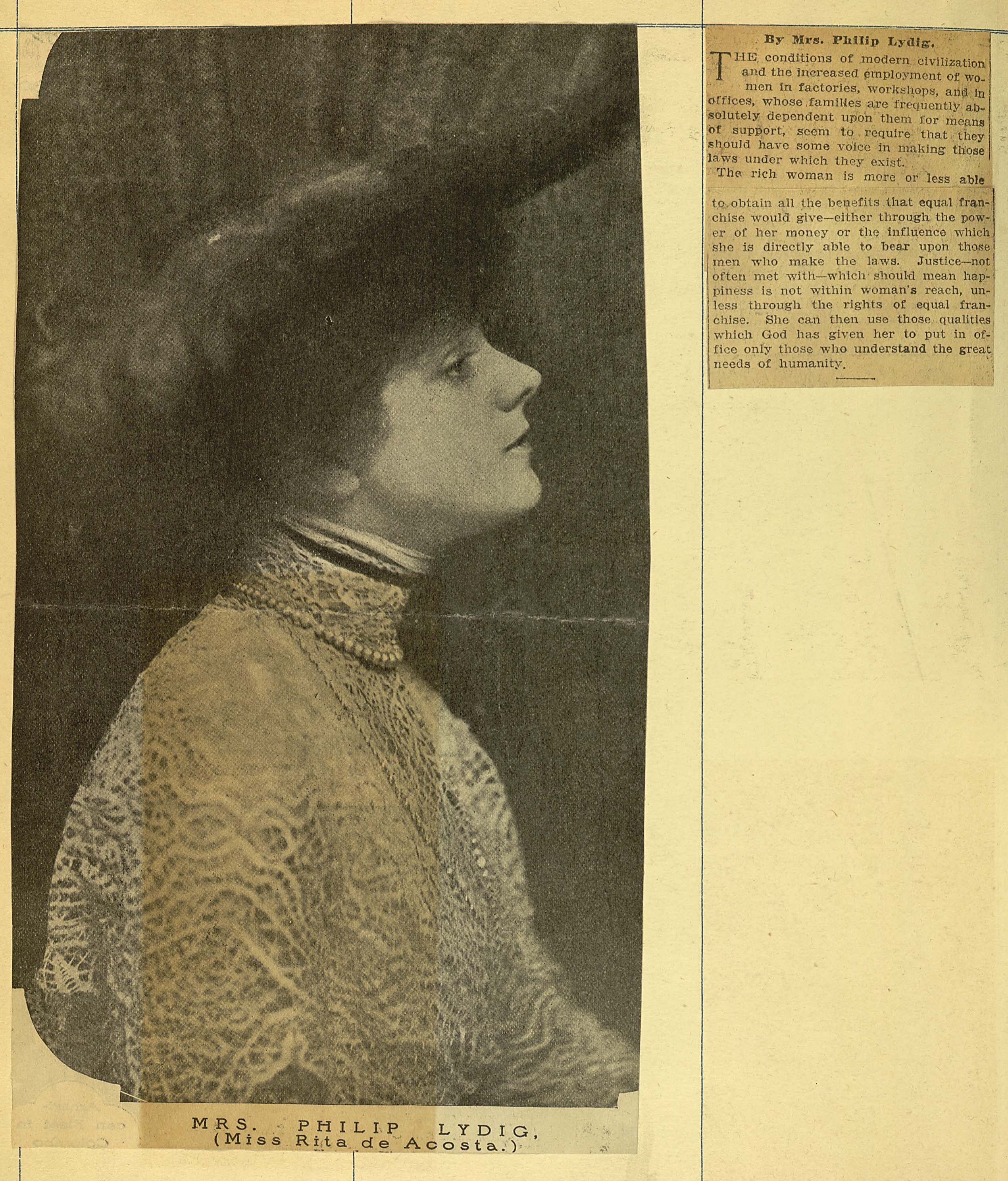
Mrs. Philip Lydig on Woman Suffrage; New York City, New York, [1908-1909?]
Rita was a dedicated supporter of the suffragette cause. Her youngest sister Mercedes, the one who later organized the donation of Rita’s wardrobe, was a writer and was “the reputed lover of Greta Garbo and Marlene Dietrich.” Another sister, Aida the maid of honor, was the first woman to “to fly a powered aircraft solo.”
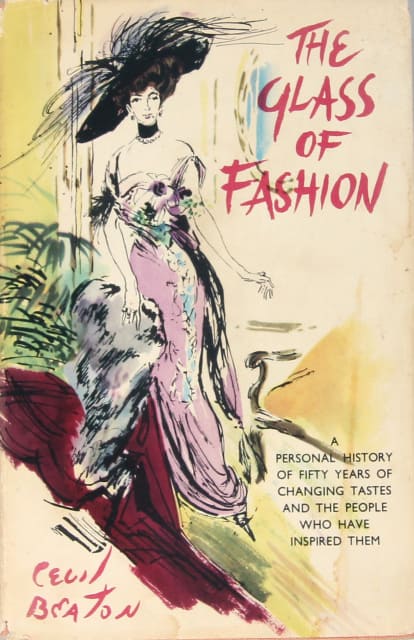
The Glass of Fashion, By Cecil Beaton (1954)
Cecil Beaton dedicated an entire Chapter on Rita in his book, ‘Glass of Fashion,’ called her “as fantastic as any character in romantic literature, Mrs. Rita de Acosta Lydig graced the opening cycles of the twentieth century with a perfectionism that would have been rare in any period since the Renaissance.” Beaton says that “during the years between the turn of the century and the twenties, Rita Lydig must have spent more money than any personage of a royalty household.” Yet, he claims, “Rita Lydig is the least ostentatious of women. She could never have been accused of the slightest vulgarity, for her taste in all things was infallible.” Except, perhaps, for her taste in men?
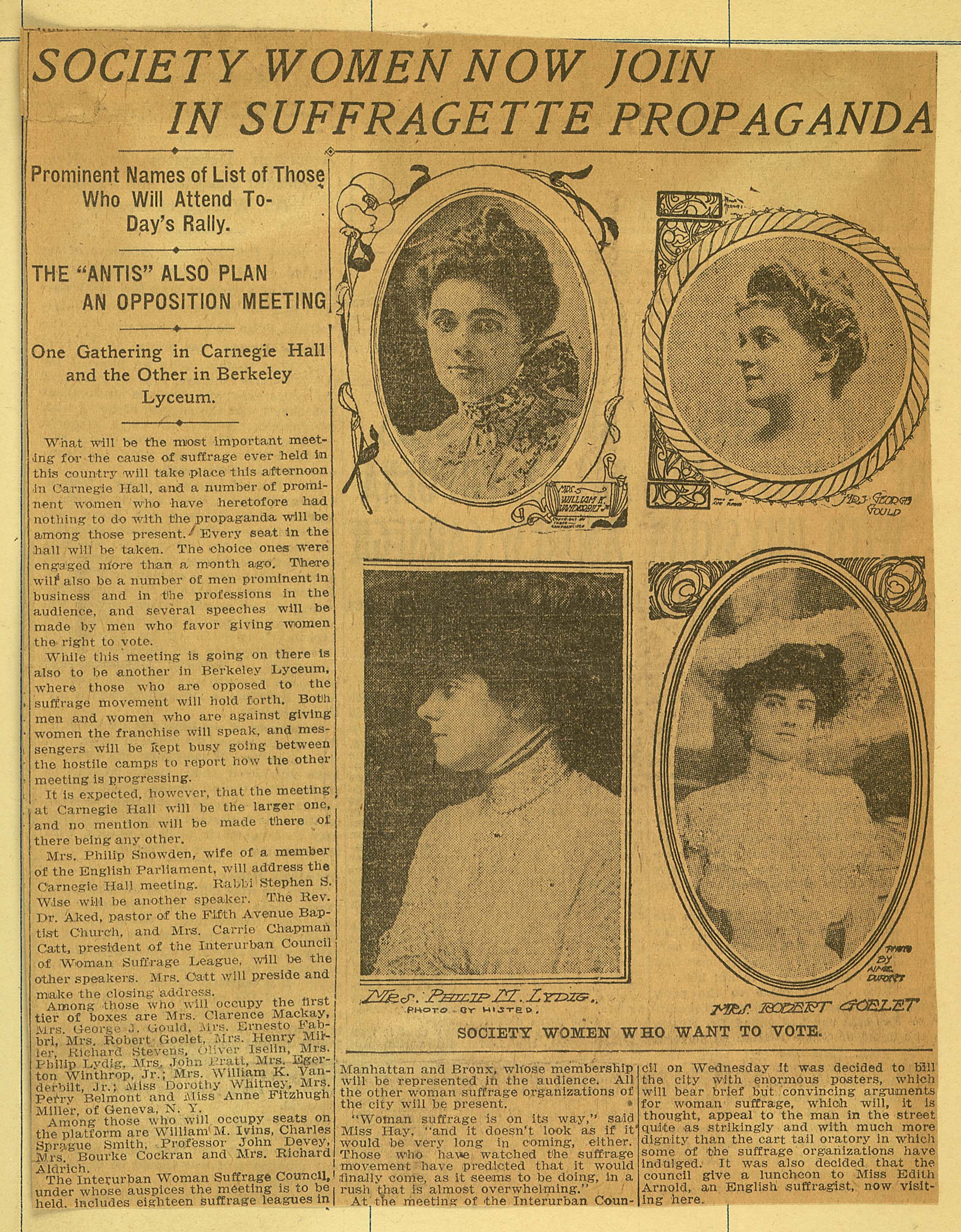
Society Women Now Join in Suffragette Propaganda; New York City, New York, [1908-1909?]
Rita remarried in 1902, to Philip Mesier Lydig, a retired Major from the US Army. In 1914 they seperated and were divorced five years later. In 1921 she announced a third marriage, to Reverend Percy Stickney Grant, which never happened. The engagement was dissolved when his employer, the Church of the Ascension, refused to authorize the marriage, the bride being twice divorced. All of her romantic woes were heavily reported upon.
When Grant died in 1923, he reportedly left her quite the sum of money, which by that point, she needed desperately. Famous for her lifestyle, “Rita was equally welcomed in Paris, where she spent parts of each year. She would arrive at the Ritz with a hairdresser, masseuse, chauffeur, secretary, maid, and 40 Louis Vuitton trunks.” Overspending led to massive debts, and she declared bankruptcy near the end of her life. The inheritance left by Grant was soon gone.
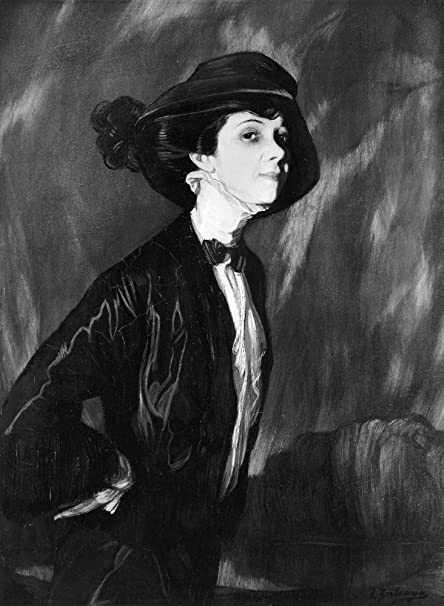
Rita de Acosta Lydig portrait by Ignacio Zuloaga, 1912, the National Gallery of Art, Washington D.C.
On March 18, 1927, Callot Seors, arguably Lydig’s favorite haute couture house, received a judgment against Rita “for wearing apparel sold to her between April and November, 1923, for 246,980 francs.” The suit, being international, was “filed with the Supreme Court,” according to the New York Times, and the judgment was awarded in part because Rita never bothered to defend the suit. By April 7, she had filed a petition for bankruptcy, “listing her liabilities at approximately $94,352, without giving any estimate of the value of her assets, which are not listed, except for household furnishings, a library and an automobile purchased on a conditional bill of sale.”
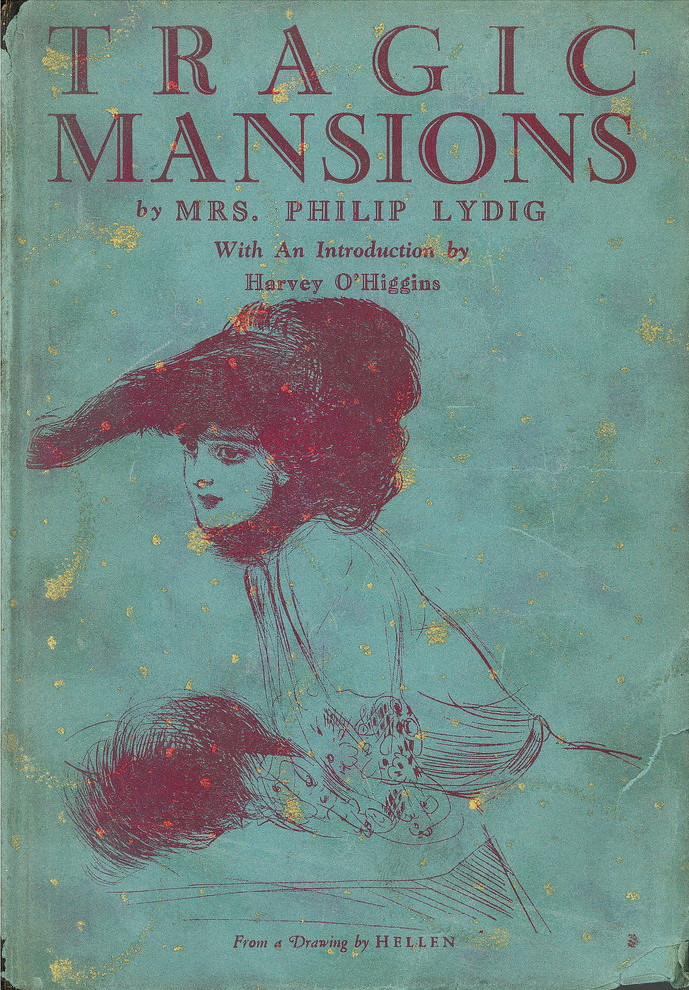
Tragic Mansions, By Mrs. Rita Lydig; first published in May, 1927
Though there are many articles regarding her health over the next 18 months, Rita died, seemingly unexpectedly in 1929, at “her apartment at the Hotel Gotham.” She had been “under a doctor's care” for pernicious anemia, apparently for years, “but the condition was not thought critical.”
Rita left her entire estate, “which may amount to very little or to $50,000 or $100,000,” to charity. In 1954, Rita’s sister, Mercedes de Acosta, arranged for the Brooklyn Museum to accept Lydig clothing and shoes. As with much of the Brooklyn Museum’s costume collection, in 2009 they were absorbed by the Metropolitan Museum of Art, where Rita’s wardrobe once again took center stage, as the basis and star of The Costume Institute.
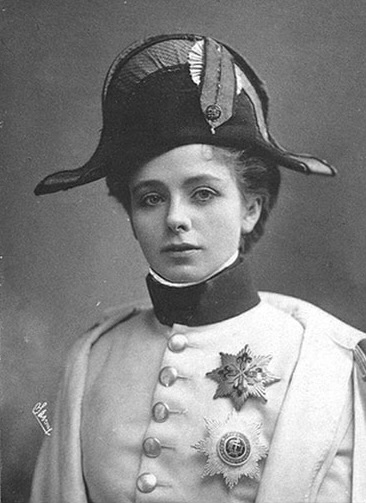
Mercedes de Acosta, Rita's Sister. Photographer and date unkown.
Since 2018 fashion historian Rachel Elspeth Gross has run her popular blog, Today’s Inspiration, about the history of high-end fashion design. Drawing more than 40,000 individual readers every day; Rachel’s ever-growing audience includes some of the biggest names in Fashion, Haute Couture, Fashion Journalism, and Fashion History academics. Her work has been featured in Women’s Wear Daily, the New York Times, Italian Harper’s Bazaar, and The National News; writes for The Vintage Woman magazine.
A formally trained designer in her own right, in her spare time Rachel recreates 19th century ball gowns from scratch.
Sources:
THE SOCIAL WORLD. May 24, 1894. The New York TImes
COSTUMES RICH AND VARIED. November 16, 1894. The New York Times.
WEDDING OF MISS ACOSTA; Married to W.E.D. Stokes by Archbishop Corrigan. January 4, 1895. The New York Times.
Judgment Against Mrs. Lydig. March 18, 1927. The New York Times.
Mrs. Lydig Files a Petition in Bankruptcy; Liabilities, $94,352; Many Creditors Listed. April 7, 1927, The New York Times.
Brief Reviews; TRAGIC MANSIONS. By Mrs. Philip Lydig. May 15,1927. The New York Times.
Mrs. Lydig in Hospital for Rest. June 22, 1929. New York Times
MRS. LYDIG WILLED ESTATE TO CHARITY; Lawyer Receives Everything in Trust and Is to Select Causes to Benefit. October 29, 1929. The New York Times.
Beaton, Cecil Walter Hardy, Sir (1954) The Glass of Fashion. Garden City, N.Y., Doubleday.
Gaines, Steven (May 5, 2005) The Building of the Upper West Side. New York Magazine.
Book Review: Tragic Mansions by Mrs. Philip Lydig. (February 24, 2019) Staatsburgh State Historic Site.
Search Results: Rita Lydig. The Metropolitan Museum’s Costume Institute. (searched April 24, 2022)
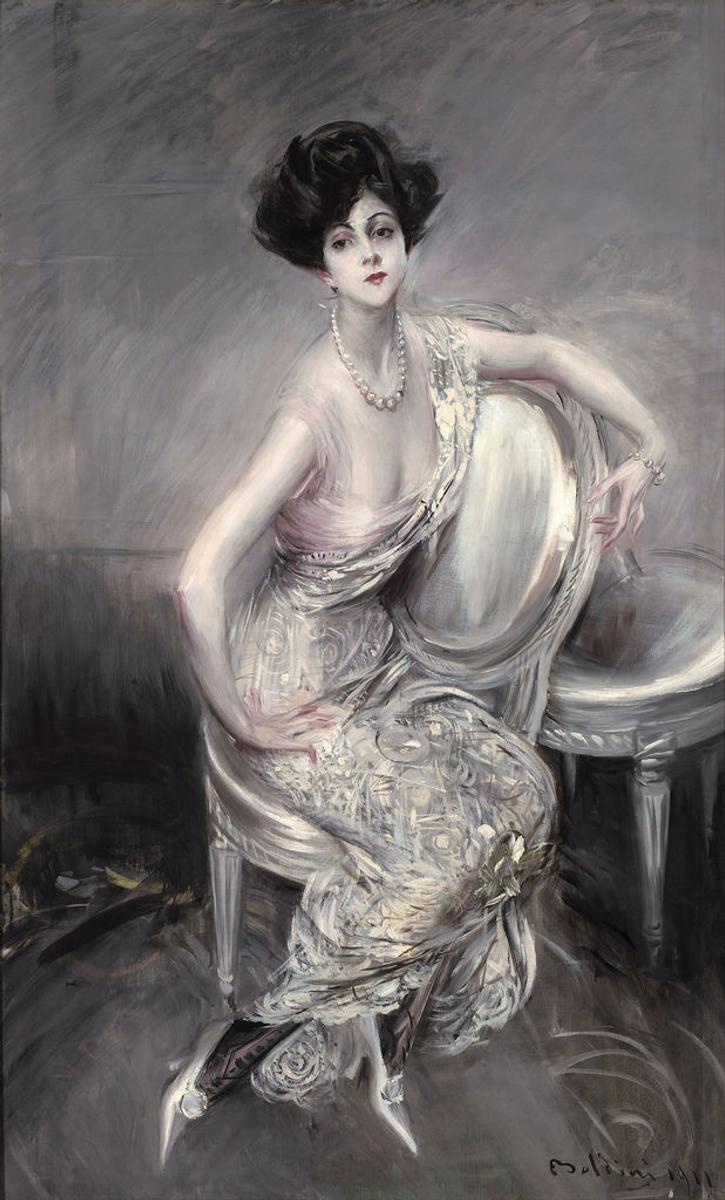
Rita de Acosta Lydig by Giovanni Boldini, 1911
